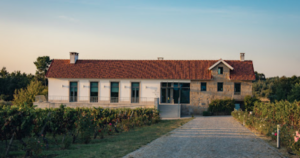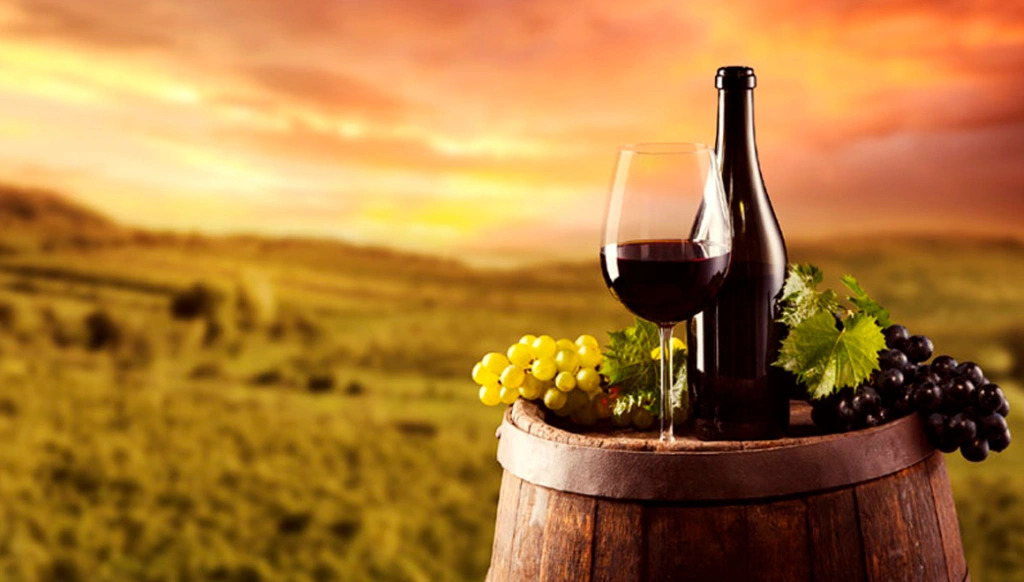Dao : a wine area defined by passionate stories, bold architecture, passionate people, inventive food, austere landscapes, and wines and vineyards destined for the ages. Dao is the country’s oldest delimited zone for table wines, formed in 1908, and it has seen a lot over the course of a century. However, he retained his merriment. And the identity is establishing itself more through exquisite and full-bodied reds, complex and delicate whites, and producers’ eyes fixed on the horizon of longevity.
Wine tourism found in Luso Life Magazine , on the other hand, is only getting started. Regions such as Douro and Alentejo continue to lack a systematic product. However, the scenery is distinct and unique – whereas in these regions, the landscape is generous and practically sells tourism, in Dao, the landscape begs for attention, beckons you to look with eyes to see, hidden among patches of pinewood, behind walls, divided by the ancient logic of small vine extensions.
The Delimited Region of Dao was formed in 1908 in central Portugal, in the province of Beira Alta, and was one of the first demarcated districts in the Iberian Peninsula for non-liqueur wines. The Do area is referred to as the Portuguese Burgundy due to the high quality of its wines.
Dao wines are gourmet in nature, with outstanding acidity that imparts nuanced and subtle aromas. This complexity, elegance, maturity, and balance, combined with an excellent ripening potential, formed the ideal complement to the local gastronomy, capturing the attention of wine connoisseurs from around the world.
The Dao Demarcated Region is characterised by steep terrain, largely granitic soil, and a terroir and environment that are suitable to the production of high-quality grapes, owing primarily to the region’s wide temperature range.
Penalva do Castelo is located in the Beira Alta sub-region, 25 kilometres from Viseu. Among the local producers, Casa da nsua takes pride of place, as it complements the historic charm hotel (35 rooms, lounges, restaurants, shop, and gardens in the French and English styles) with a museum, vineyards, a flock of embroidered sheep, a cheese factory, and an active agricultural area — in addition to wine, they produce Serra da Estrela PDO cheese, olive oil, and jams. Among other activities, guests of this wine tourism house can harvest with the right to loofah in the midst of the morning, have lunch, and tread on foot.
Quinta and Hotel Rural Madre de gua’s Restaurant serves delectable meals. The estate’s restaurant forges a direct connection between the greatest local meat producers and meat sausages and the Quinta’s gardens and orchards.

The Quinta and Hotel are set on 60 hectares of land that includes a winery, olive grove, orchard, forest, organic garden, and red fruit fields. In the immediate term, the project will include the development of a cheese dairy, winery, and cellar. Although the wines are new, several have already been recognised by the Do Wine Awards Committee. The micro climate in which the estate is located, the potency of the atmosphere and soil, the potential to produce agricultural products, and the Bordaleira Serra da Estrela sheep cheese, which has a distinct terroir that combines mountain and sub-region of Dao.



You must be logged in to post a comment.